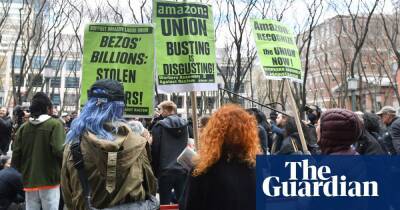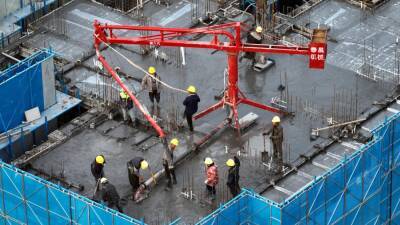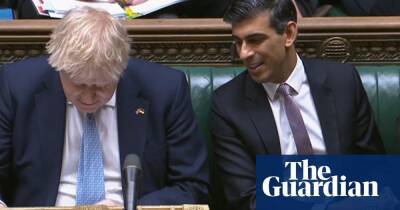Amazon delivery drivers in UK raise alarm over real-terms pay cut
Tom* started working for Amazon as a delivery van driver in Norfolk nearly three years ago. Since then, his rates of pay have been revised numerous times, including at least four changes since September. He and his partner are probably going to have to abandon hopes of buying a home together, as the money Amazon had promised was not sustained.
“All of us are constantly terrified of never having enough money to survive,” he said. “It really is the most toxic industry.”
Amazon is the largest private parcel courier in the UK, delivering 15% of the estimated 5.4bn packages in 2021 – the equivalent of more than 2m items a day. They range from Prime next-day deliveries to the last mile of packages shipped from thousands of miles away in China or India. Volumes rose dramatically during the pandemic, and again as the British economy reopened and competition for labour to meet demand during the rush last Christmas led Amazon and other employers to increase rates of pay.
To deliver a service of this scale and complexity, Amazon relies on a network of thousands of drivers. Rather than keeping these workers on its books, it manages them through what are called delivery service providers, small companies that handle groups of drivers, who work as self-employed independent contractors with no right to holiday pay, sick pay or the “national living wage”.
Now the winter rush is over, Amazon drivers are raising the alarm, reporting significant drops in pay and in the number of shifts being offered, while others say petrol payments have not increased to reflect soaring fuel prices.
Hourly rates are on average just over £14.60 per hour– about £2 an hour less, or 12% below, rates in October and November during the Black Friday and pre-Christmas
Read more on theguardian.com


















